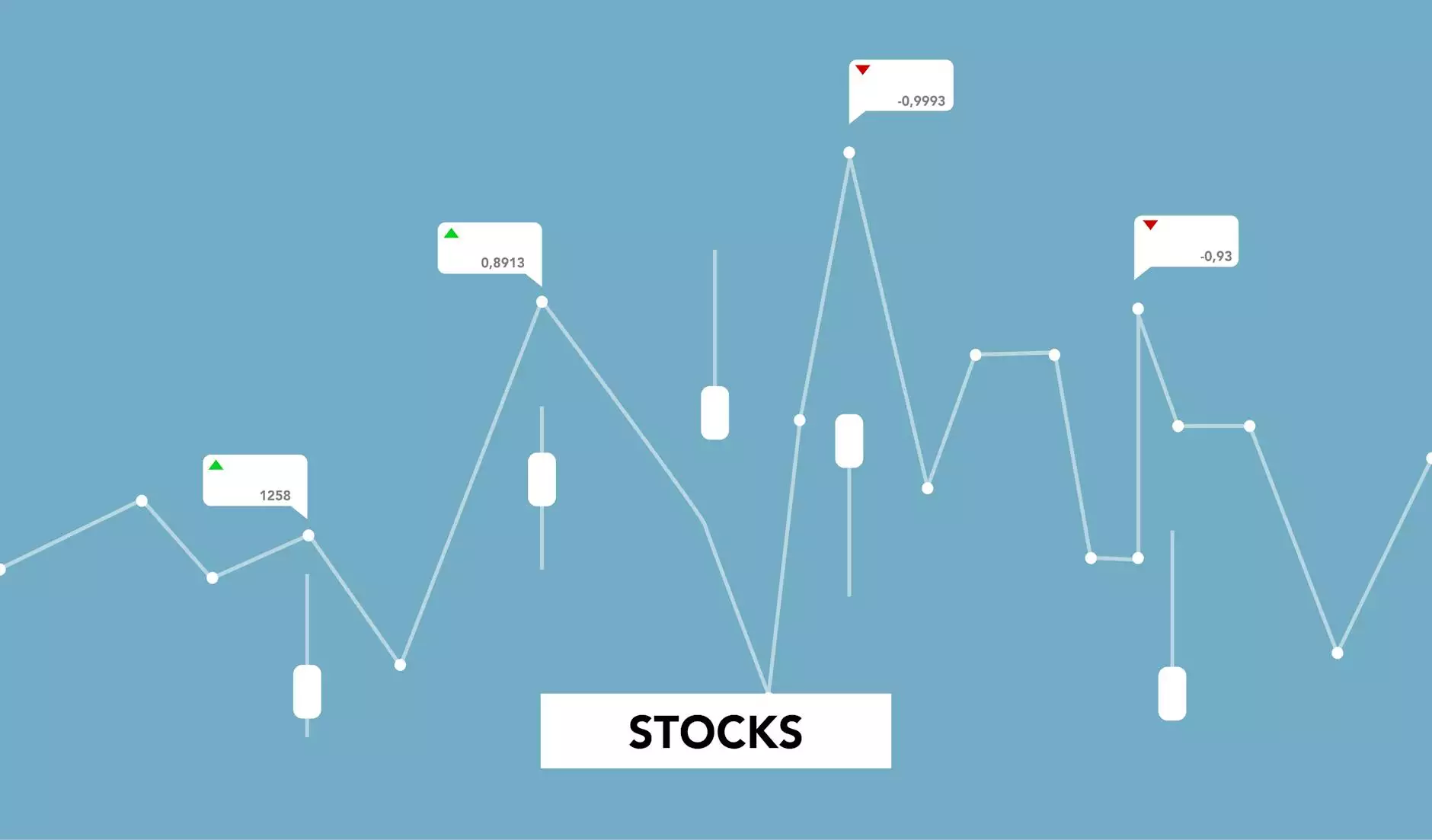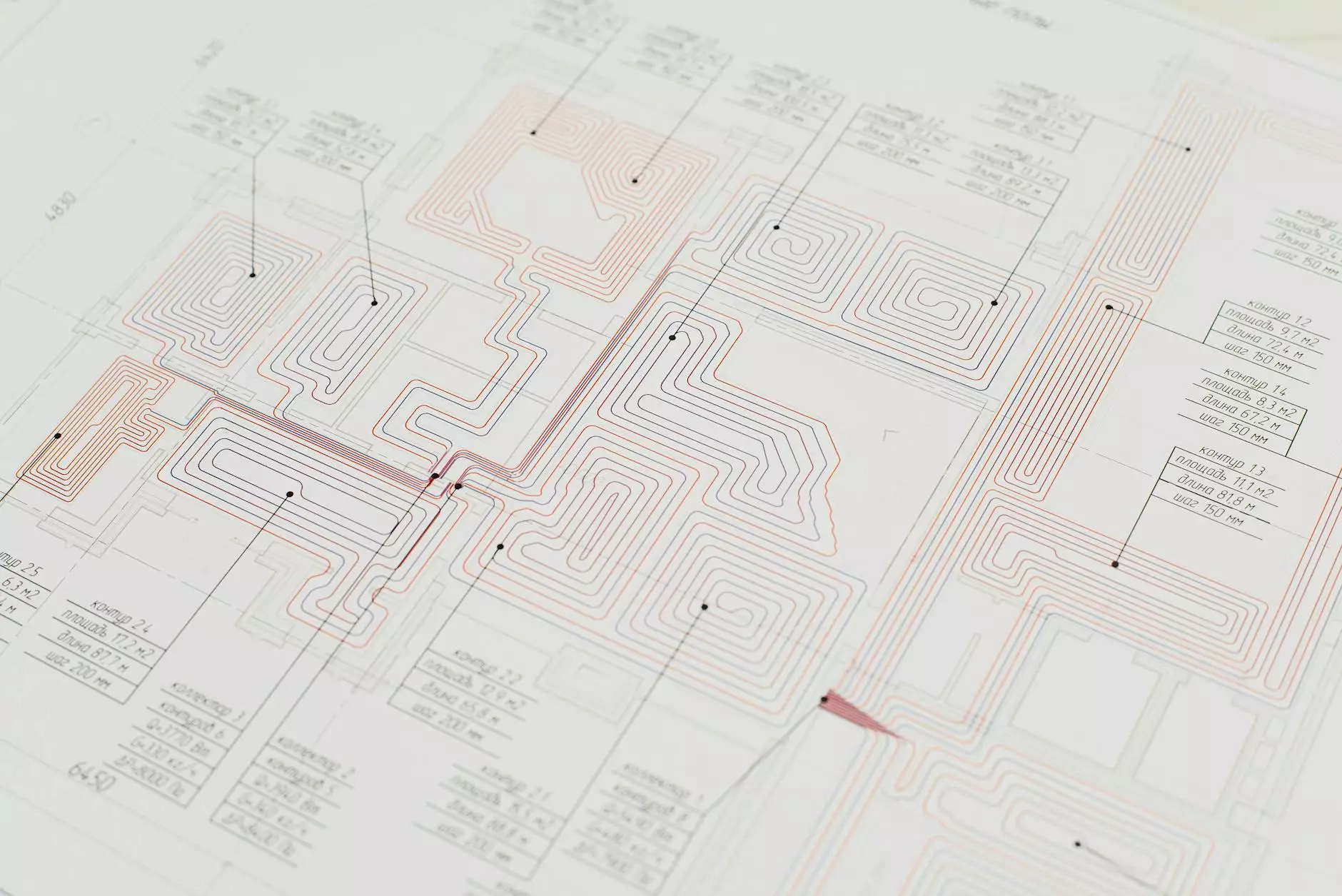The Difference Between PCE and CPI Inflation
News and Updates
When it comes to understanding inflation in economics, two key indicators often come into focus: PCE (Personal Consumption Expenditures) inflation and CPI (Consumer Price Index) inflation. These metrics play a crucial role in shaping economic trends and guiding policymakers towards informed decisions.
PCE Inflation Meaning and Definition
PCE inflation refers to the measure of average price changes in goods and services that households consume. It considers changes in prices based on the actual consumption of households, making it a comprehensive indicator for inflation trends.
CPI Inflation Definition and Significance
CPI inflation reflects the average change in prices paid by consumers for a basket of goods and services. It is widely used to assess changes in the cost of living and is a vital tool for understanding the impact of inflation on consumer purchasing power.
The Key Differences Between PCE and CPI
- PCE includes a wider range of goods and services compared to CPI, making it a more comprehensive measure of inflation.
- CPI focuses on a fixed basket of goods, while PCE adjusts for changes in consumer behavior and purchasing patterns.
- PCE is used by the Federal Reserve as its preferred measure of inflation due to its broader scope and flexibility.
- CPI is often used for cost-of-living adjustments and understanding how inflation impacts individual consumers.
PCE vs. CPI: Implications for Economic Trends
Understanding the difference between PCE and CPI is essential for assessing the health of the economy and predicting future trends. While both indicators provide valuable insights into inflation, their nuanced approaches offer unique perspectives on price changes and consumer behavior.
What Does PCE Stand for in Economics?
In economics, PCE stands for Personal Consumption Expenditures, which represent the total value of goods and services purchased by individuals and households. This metric plays a crucial role in measuring consumer spending and inflation levels.
PCE Price Index vs. CPI: Choosing the Right Indicator
When analyzing economic data and price indexes, it's essential to consider the specific focus and methodology of each indicator. While PCE provides a comprehensive view of consumer spending patterns, CPI offers a snapshot of consumer price changes for specific goods and services.
Conclusion
In conclusion, PCE and CPI inflation are valuable tools for economists, policymakers, and businesses to gauge inflationary pressures and make informed decisions. By understanding the nuances between these key indicators, stakeholders can better navigate economic trends and anticipate future developments in the market.









